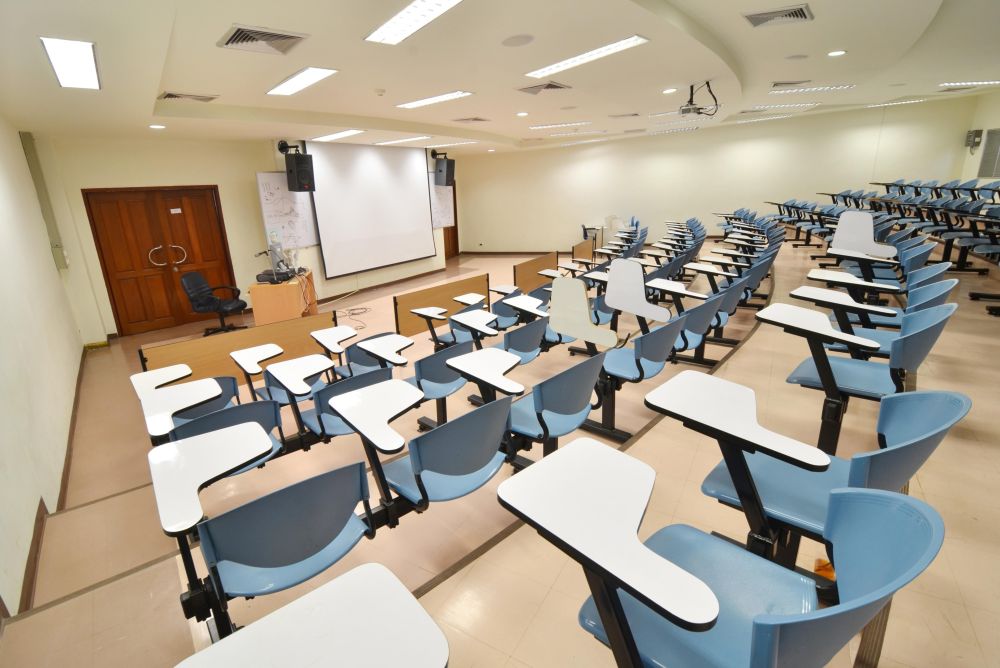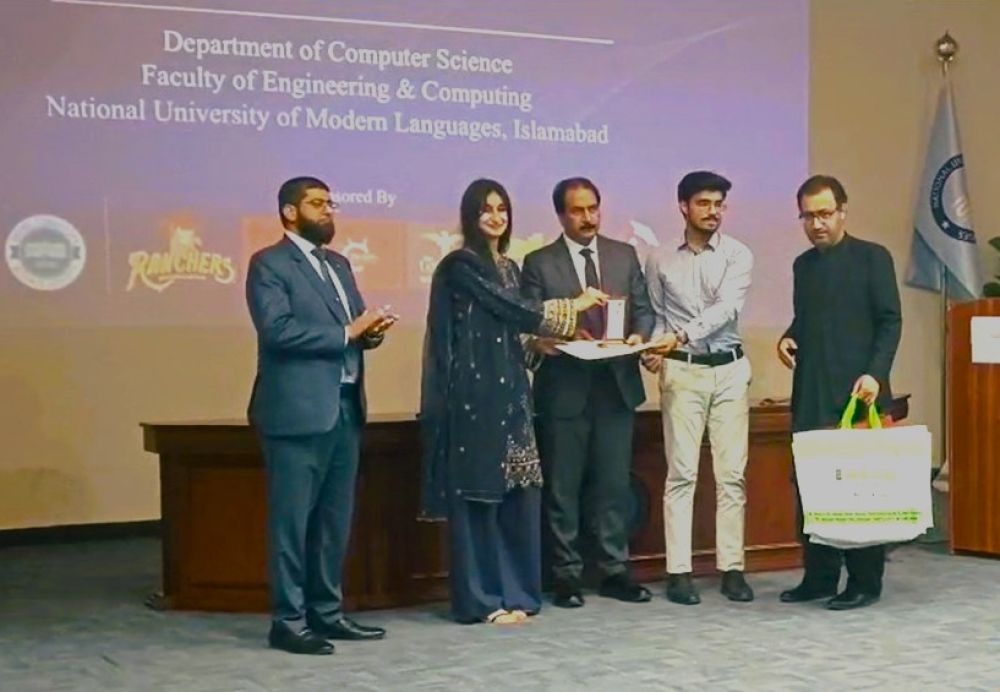208/25 The Critical Significance of Student Retention in Pakistan's Educational Landscape
Posted 2 months ago
As Pakistan’s higher education landscape modernizes, universities are under increasing pressure to enroll students and retain them to ensure they persist through their programs, graduate on time, and emerge job-ready. The transition from the traditional annual examination system to a semester system, while intended to align with international norms and improve educational outcomes, also presents opportunities such as more frequent assessment, ongoing feedback, and better alignment with international norms. However, this transition also introduces new frictions. If not managed carefully, these can erode retention.
Retention matters. Students who drop out early or are delayed impose both human and economic costs: loss of opportunity for them, sunk costs for families, and inefficiencies for institutions. Universities that master retention, not just recruitment, will distinguish themselves in quality, reputation, and impact.
Key Challenges in Student Retention in Pakistani Universities
Several recurring issues emerge from the literature and recent studies, especially as universities shift to semester systems. Particularly college students entering into the university face difficulties as they are mainly habitual of annual examinations.
Academic Workload, Time Management & Continuous Assessment
Semester systems demand frequent assessments, stricter deadlines, and consistent student engagement. Many students perceive this as an increased workload. A study of students’ perspectives found that students in semester systems report struggles with time management, continuous learning pressure, and coping with more frequent evaluation.
Teacher and Resource Constraints
Many institutions were not fully prepared for faculty shortages, especially in specialized subjects; insufficient infrastructure; and labs, libraries, and ICT resources that lag behind the requirements. This shows up especially when new semester-based programmes are launched without adequate support. For example, delays in starting the 4-year BS programmes in Sindh have been partly due to a lack of infrastructure and teachers.
Curriculum and Syllabus Issues
Under the annual system, syllabi are structured for one major exam. Semester systems require dividing content to ensure coherence and appropriate pacing. Studies have shown that some syllabi are outdated or that content division is uneven, making some semesters too heavy while others too light.
Student Preparedness and Socioeconomic Barriers
Many students enter university without sufficient academic preparation or skills for managing continuous assessment, self-study, and time management. Socioeconomic stress (financial constraints, family obligations) and lack of support (e.g., tutoring, counseling) exacerbate dropout risk. Cultural factors, such as gender norms, expectations, and family pressure, also impact retention.
Grading, Assessment Fairness & Transparency
Concerns about grade inflation, bias, or the lack of precise evaluation mechanisms feed distrust. Some departments report that students graduating under the semester system perform poorly in advanced stages (e.g., MA/MSc) if their undergraduate programs are not rigorous.
Institutional Policies & Communication Gaps
Decisions about assessment, course load, student feedback, academic warnings, probation, etc., are sometimes opaque or inconsistently applied. Students feel unheard, and effective communication about rules, supports, and expectations is often lacking.
Specific Advice for Managing the Transition from Annual to Semester Systems
While many of the above apply generally, the transition carries specific risks. Universities should plan for and manage the shift carefully.
Clear Orientation for Students: Before the first semester under the new system, hold orientation programs to explain expectations, including continuous assessment, deadlines, attendance, grading, and how to succeed.
Align Assessment Loads: Ensure that the number and difficulty of coursework, quizzes, and exams are manageable. Avoid overloading students just because semesters divide content. Continued advisement must be provided in the first two semesters, particularly.
Support & Training for Faculty: Some teachers may have long experience teaching under annual systems. They will need training and support to design semester-friendly courses (modular assessment, formative feedback, and managing continuous evaluation).
Maintain Quality Assurance: Colleges and affiliated units must align with the standards of the parent university. Oversight should be provided so that affiliated colleges don’t become weak links where semester norms are poorly observed.
Resources Before Systemic Change: Ensure that infrastructure (labs, library, ICT, LMS), faculty numbers, and administrative capacity are in place before rolling out semester-based programmes.
Continuous Feedback and Adjustment: Build mechanisms (surveys, suggestion boxes, student representatives) to collect feedback and adjust policies mid-stream rather than waiting until the end of the year. This continuous feedback loop is crucial in ensuring that policies are responsive to the needs and experiences of students, and can help prevent issues from escalating.
The transition to semester systems in Pakistani universities presents a promising future: more frequent assessment, ongoing feedback, better alignment with international norms, and a chance for students to stay engaged continuously. However, change, without careful planning, can backfire, harming retention rather than boosting it.
Universities that invest ahead of time in infrastructure, faculty capacity, student support, and governance will reap the benefits. However, the ones that don’t will risk higher dropout, student dissatisfaction, and diminished reputation. This underlines the potential risks of not taking proactive measures to manage the transition, and the importance of strategic planning and investment in ensuring successful implementation.
If Pakistani universities treat retention as a strategic priority rather than merely an administrative concern, they can ensure that students enroll and thrive.
This article has been developed through online authentic available resources by the Rector's Office University of Southern Punjab Multan.





